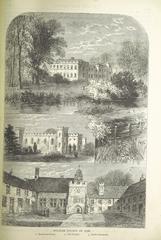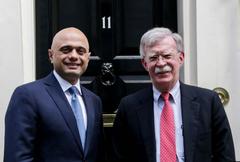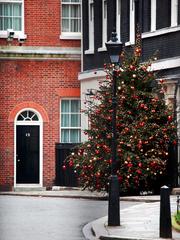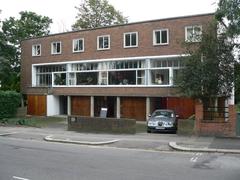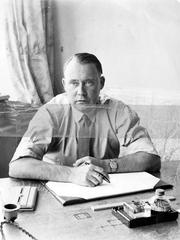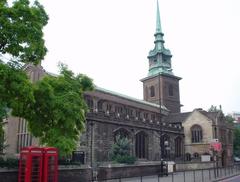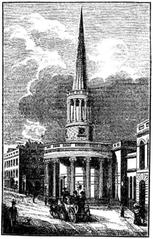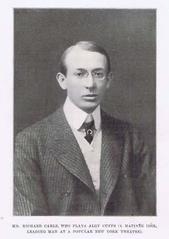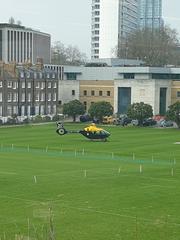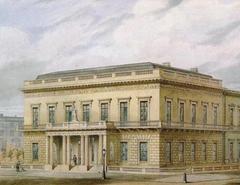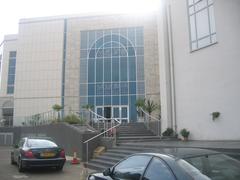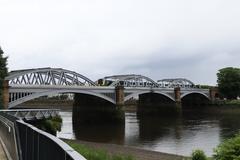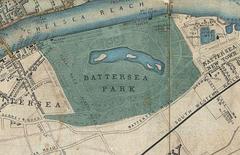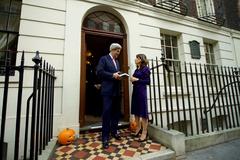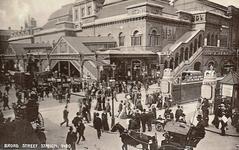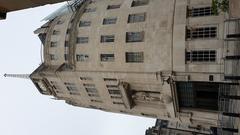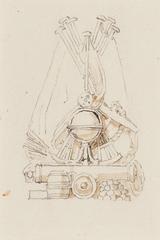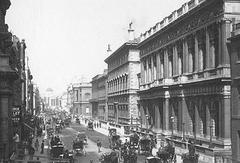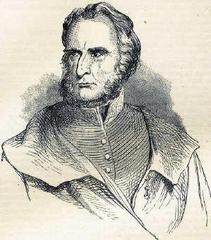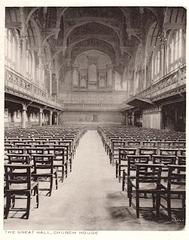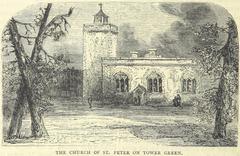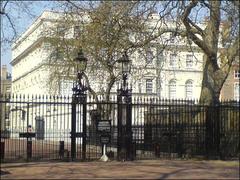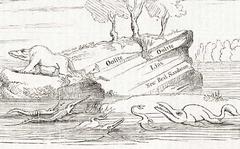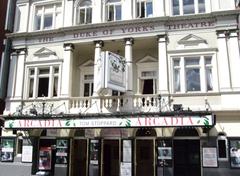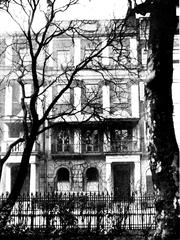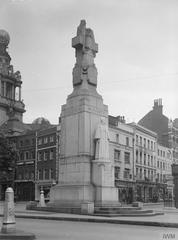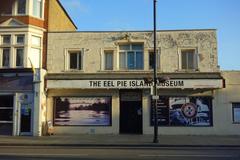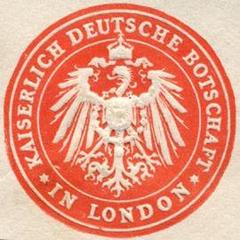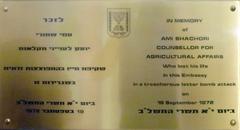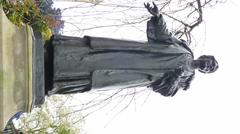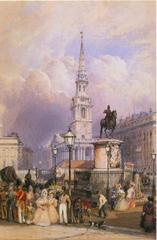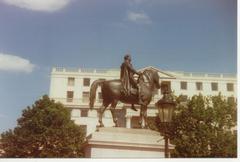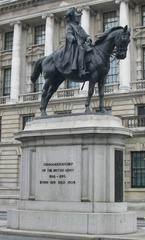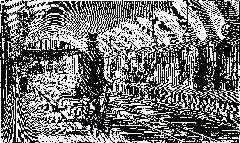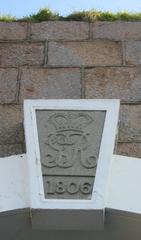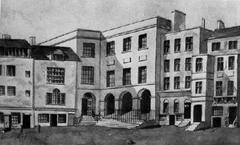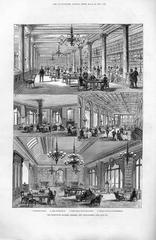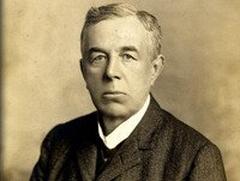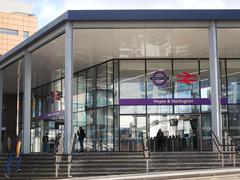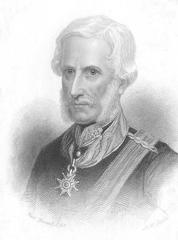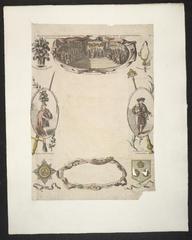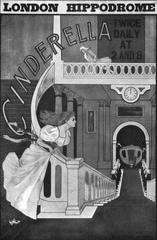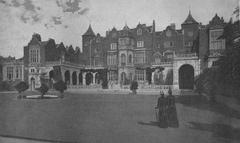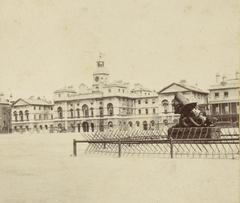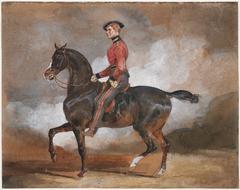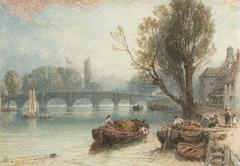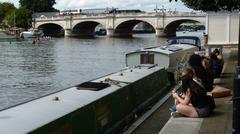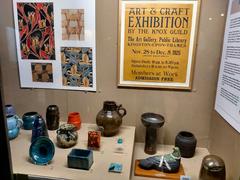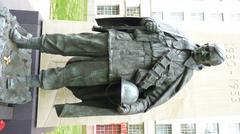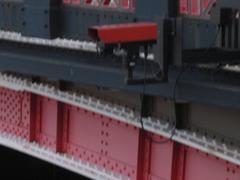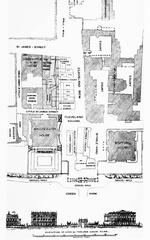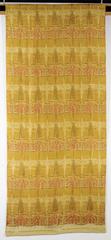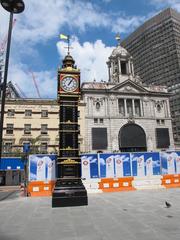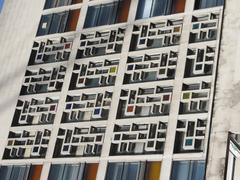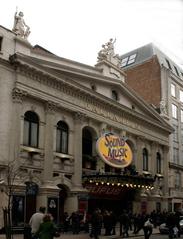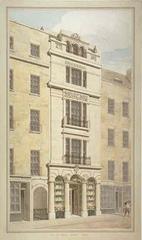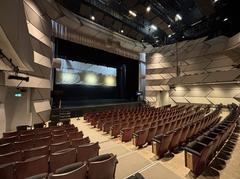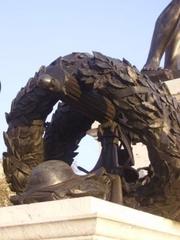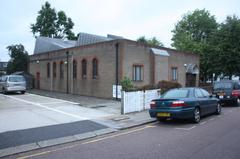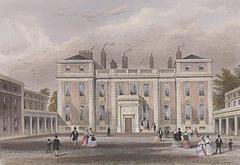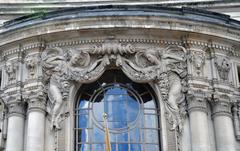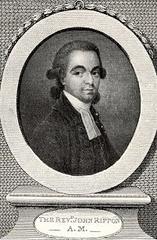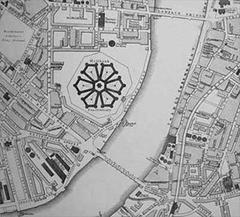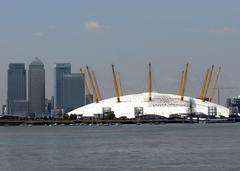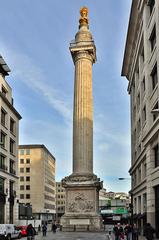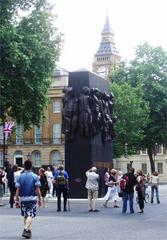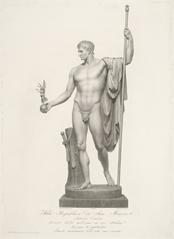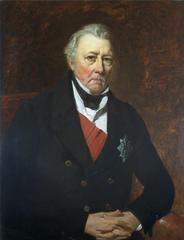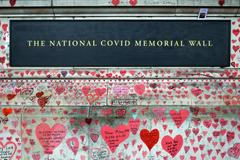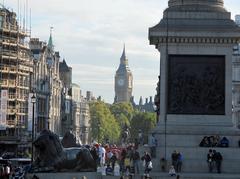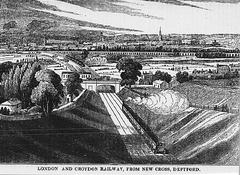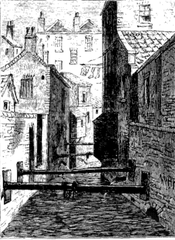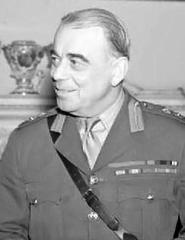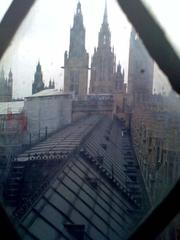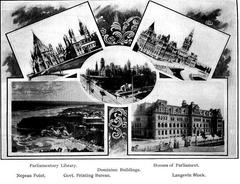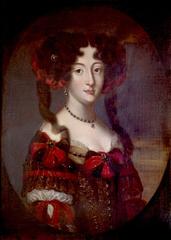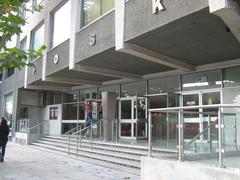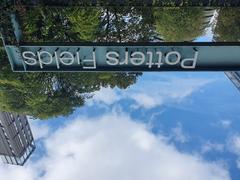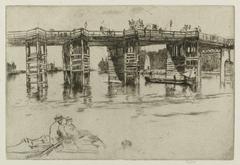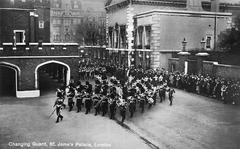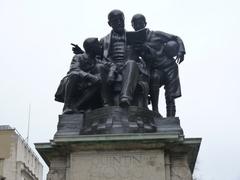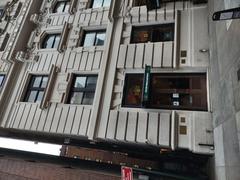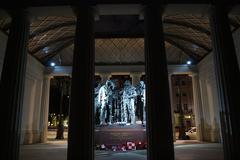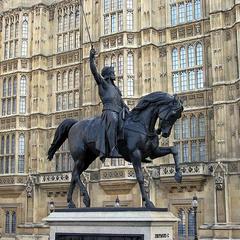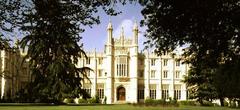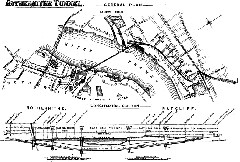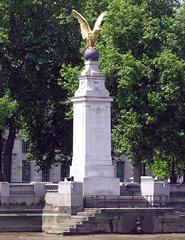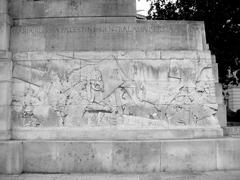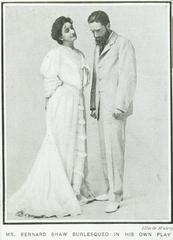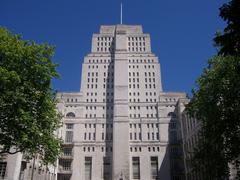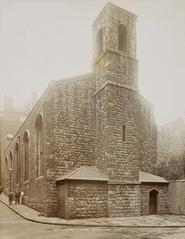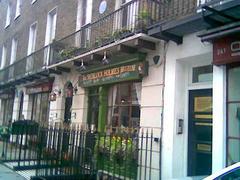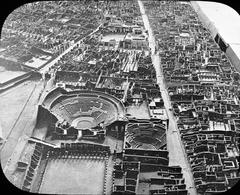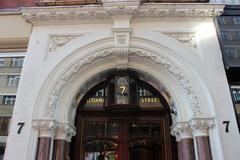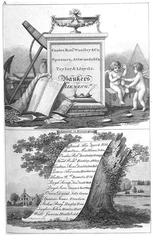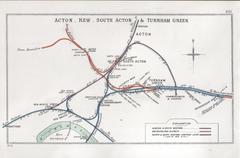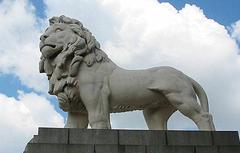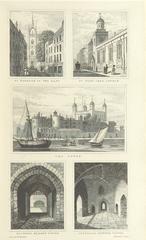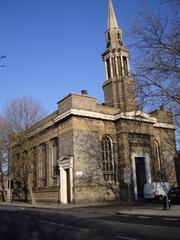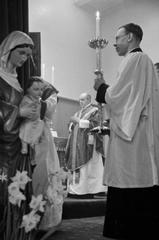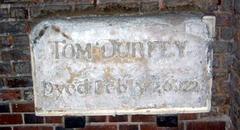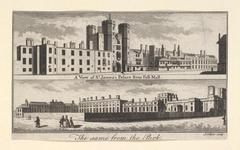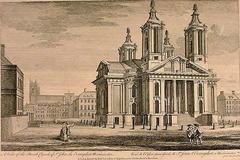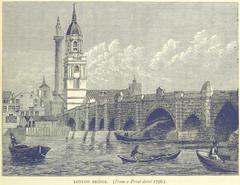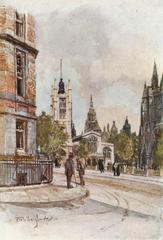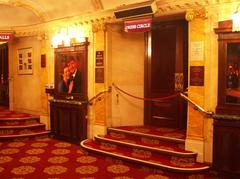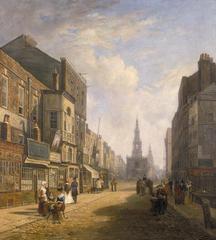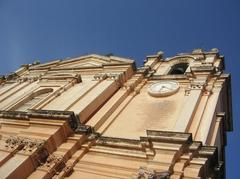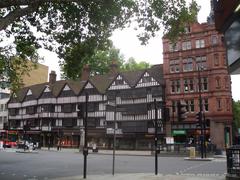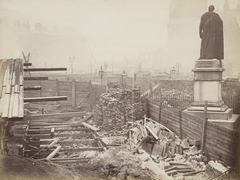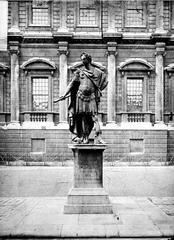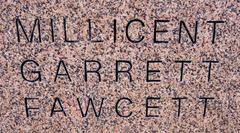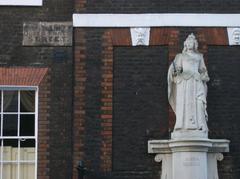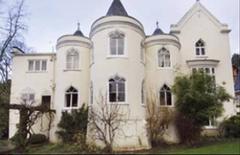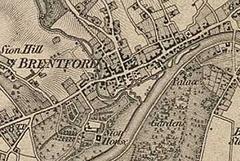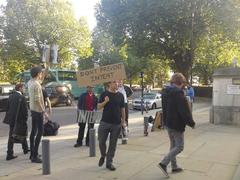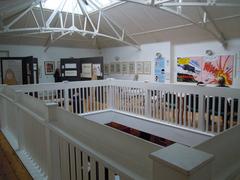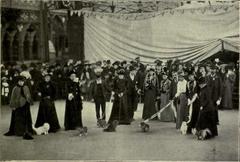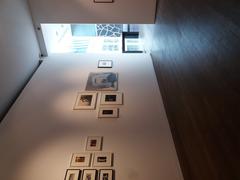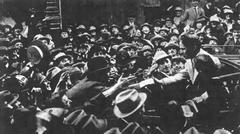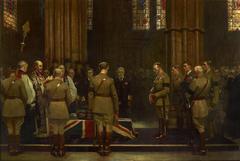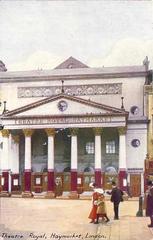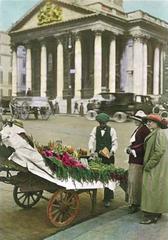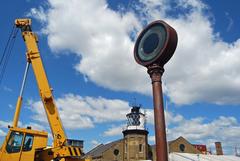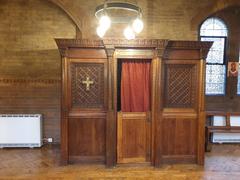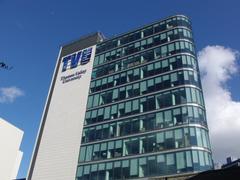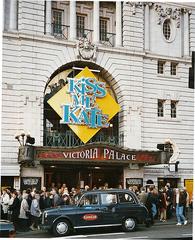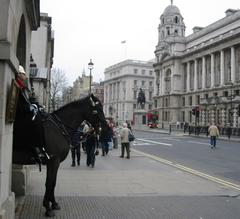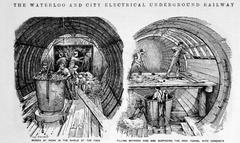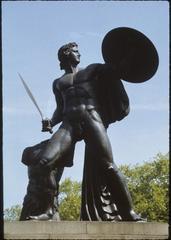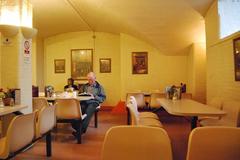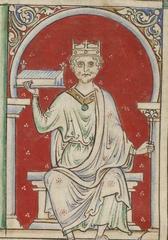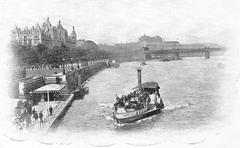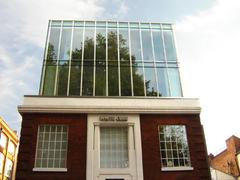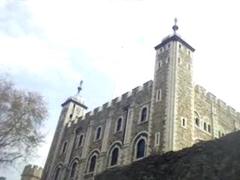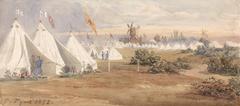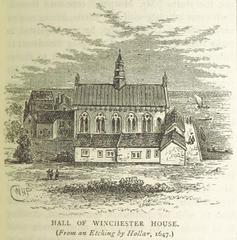
Visiting Fulham Palace: History, Tickets, and Tips
Date: 23/07/2024
Introduction
Fulham Palace, located in the London Borough of Hammersmith and Fulham, is a historical treasure trove, offering over 1,300 years of rich heritage (Historic England). Once the residence of the Bishops of London, this palace has transitioned into a public museum and botanical garden, providing a window into England’s past. The earliest record of Fulham Palace dates back to 704 AD, when it was granted to Bishop Waldhere by King Æthelred of Mercia, as documented in the Anglo-Saxon Chronicle. Over the centuries, Fulham Palace has seen significant architectural and cultural transformations, from medieval fortifications to Georgian Gothic Revival styles, and Victorian expansions (Victoria County History). Managed by the Fulham Palace Trust, the site now serves as a vibrant community resource, offering guided tours, educational events, and a variety of special activities. This comprehensive guide aims to provide potential visitors with all the necessary information, from visiting hours and ticket prices to historical insights and travel tips, ensuring a memorable experience at this iconic London landmark.
Table of Contents
- Introduction
- Early Beginnings
- Medieval Period
- Tudor and Stuart Eras
- Georgian and Victorian Developments
- 20th Century to Present
- Architectural Highlights
- Gardens and Grounds
- Visitor Information
- Nearby Attractions
- FAQ
- Conclusion
Early Beginnings
Fulham Palace has a storied history dating back to 704 AD when it was granted to Bishop Waldhere by King Æthelred of Mercia, as documented in the Anglo-Saxon Chronicle.
Medieval Period
During the medieval period, Fulham Palace was a country retreat for the Bishops of London. Significant changes were made in the 13th century under Bishop Richard de Gravesend, including a new chapel. The palace’s strategic location by the River Thames made it ideal for relaxation and defense. The Historic England records indicate that the palace grounds included extensive gardens and orchards.
Tudor and Stuart Eras
The Tudor era brought further transformations, including major renovations by Bishop Richard FitzJames (1506-1522). The palace’s architecture from this period features distinctive red brick and ornate chimneys. During the Stuart period, Bishop Henry Compton (1675-1713) enriched the gardens, establishing one of the earliest botanical gardens in England, as noted in the Royal Horticultural Society archives.
Georgian and Victorian Developments
In the Georgian era, Bishop Edmund Gibson (1723-1748) added the Georgian Gothic Revival style to the palace. The Victorian era saw substantial changes under Bishop Charles Blomfield (1828-1856), including a new dining room and a clock tower. The palace’s Victorian architecture is well-documented in the Victoria County History.
20th Century to Present
In the 20th century, Fulham Palace underwent significant changes. During World War II, the palace grounds were used for allotments. After the war, the palace continued as the Bishops’ residence until 1973, when it was handed over to the public. The Fulham Palace Trust now manages it as a museum and botanical garden.
Architectural Highlights
Fulham Palace’s architecture is a blend of various styles, reflecting its long history. The Tudor courtyard, the Great Hall, the Georgian chapel, and the Victorian clock tower are among its notable features.
Gardens and Grounds
The gardens of Fulham Palace, established by Bishop Henry Compton in the late 17th century, include a variety of exotic plants and trees. Today, the gardens feature a walled garden, a knot garden, and herbaceous borders. The Royal Horticultural Society provides information on the historical significance of the palace’s gardens.
Visitor Information
Opening Hours: Fulham Palace is open to visitors from 10:30 AM to 5:00 PM, Tuesday to Sunday. The gardens are open from 8:00 AM to dusk daily.
Tickets: Entry to the palace is free, but donations are welcome. Guided tours are available for a fee. For more details, visit the Fulham Palace website.
Travel Tips: Fulham Palace is accessible by public transport, with the nearest tube station being Putney Bridge. There is limited parking available on-site.
Accessibility: The palace is accessible to wheelchair users, with ramps and lifts available.
Special Events: Fulham Palace hosts various events throughout the year, including historical reenactments, gardening workshops, and family activities. Check the events calendar for upcoming events and booking details.
Photographic Spots: The Tudor courtyard, the Great Hall, and the botanical gardens offer excellent photo opportunities.
Nearby Attractions
While visiting Fulham Palace, consider exploring other nearby attractions such as Bishops Park, the River Thames, and the historic Hammersmith Bridge.
FAQ
What are the opening hours of Fulham Palace?
- The palace is open from 10:30 AM to 5:00 PM, Tuesday to Sunday. The gardens are open from 8:00 AM to dusk daily.
How much do Fulham Palace tickets cost?
- Entry to the palace is free, but guided tours are available for a fee.
What is the best way to get to Fulham Palace?
- The palace is easily accessible by public transport, with the nearest Underground station being Putney Bridge on the District Line.
What can you do at Fulham Palace?
- Visitors can enjoy guided tours, explore the gardens, visit the museum, and participate in educational programs and community events.
Conclusion
Fulham Palace stands as a testament to over a millennium of English history, blending architectural marvels with cultural richness. From its origins in the early 8th century to its current role as a public museum and botanical garden, the palace encapsulates the evolution of English heritage (Royal Horticultural Society). Visitors can explore its diverse architectural styles, from the Tudor courtyard to the Victorian clock tower, and enjoy the serene beauty of its 13-acre gardens. With free admission, accessible facilities, and a variety of guided tours and events, Fulham Palace offers something for everyone, making it a must-visit destination for history enthusiasts, garden lovers, and casual visitors alike. By planning your visit using the information provided in this guide, you can fully immerse yourself in the rich history and beauty of Fulham Palace and its surroundings. Don’t forget to check the Fulham Palace website for the latest updates on visiting hours and special events, and consider exploring nearby attractions like Bishop’s Park and the historic Hammersmith Bridge for a complete experience.
References
- Historical England. (2024). Fulham Palace Listing Entry
- Wikipedia. (2024). Anglo-Saxon Chronicle
- Victoria County History. (2024). Fulham Palace - Middlesex County
- Royal Horticultural Society. (2024). Fulham Palace Gardens
- Fulham Palace Trust. (2024). Official Website



